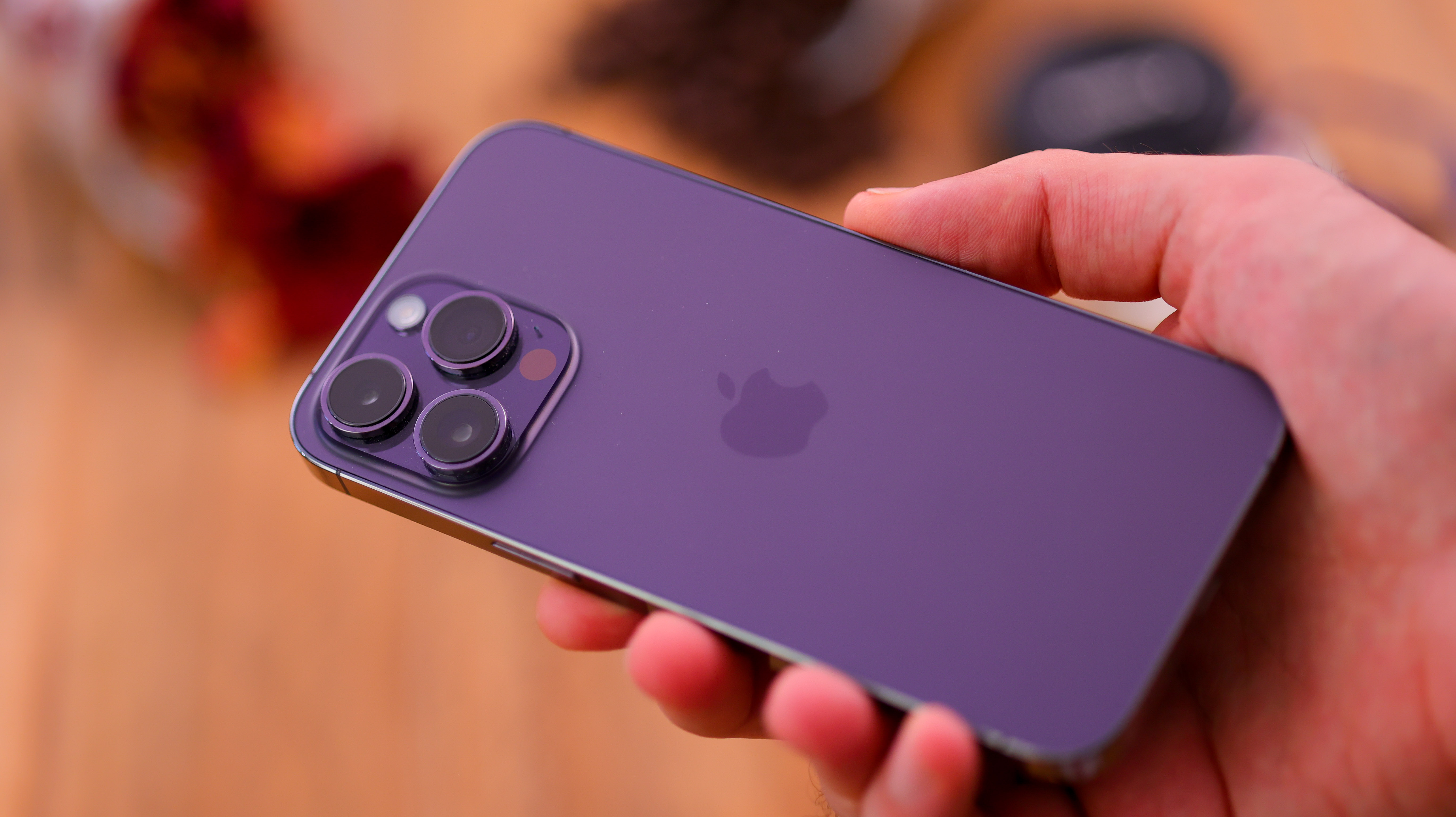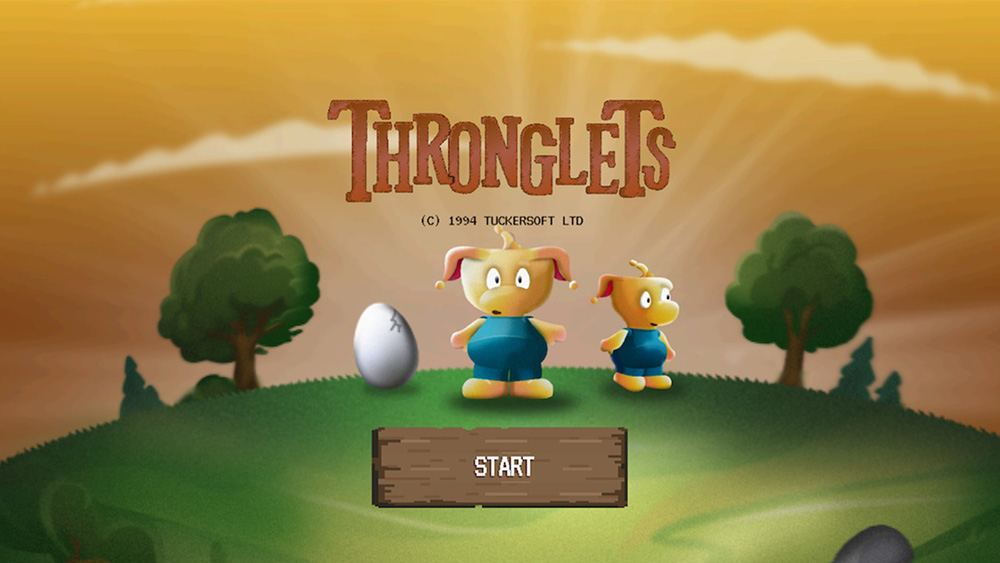Our Verdict
The new iPhone 14 Pro Max is everything most people will need from their top-tier Apple phone. It looks expensive, has a defining visual feature – that Dynamic Island, and everything from the screen to the camera, its interface, battery life, and performance all do a great job. The phone does have some quirks; not everyone will love Apple's take on the always-on display and we're not sure why the Lightning connector is back, but it's still an excellent package – albeit an expensive one.
For
- Premium glass and metal design
- Dynamic Island is a novel UX highlight
- Best-in-class performance
- Camera improved over 13 Pro
Against
- Too large for some
- Battery life could be better
- All or nothing Always-on Display
- It's a very expensive phone
Why you can trust Creative Bloq
The first question we asked ourselves when reviewing the Apple iPhone 14 Pro Max was, what does it have that the iPhone 13 Pro Max doesn't? Especially given the fact both phones look so similar.
With its predecessor already among the best smartphones of 2022, it would take quite something to outdo it. The most obvious upgrade in the 14 Pro Max is that Dynamic Island, a novel take on the punch hole and pill-shaped selfie camera cutout we've seen in Android phones for a few years. Then there's the new, improved camera system, with its bigger sensors and higher resolution that should make the 14 Pro and Pro Max the best iPhones for photography. Day-in-day-out, you'll also notice the new 14 Pro Max's Always-on Display – how can you not, the screen never turns off!
But priced at £1,199 / $1,199 for the lowest capacity, 128GB version, and climbing all the way up to £1,749 / $1,749 for the 1TB model, it isn't too far off the price of a foldable like the Galaxy Z Fold 4. Is the Apple veneer tarnishing, or is the 14 Pro Max worth every penny?
iPhone 14 Pro Max review: Design and screen
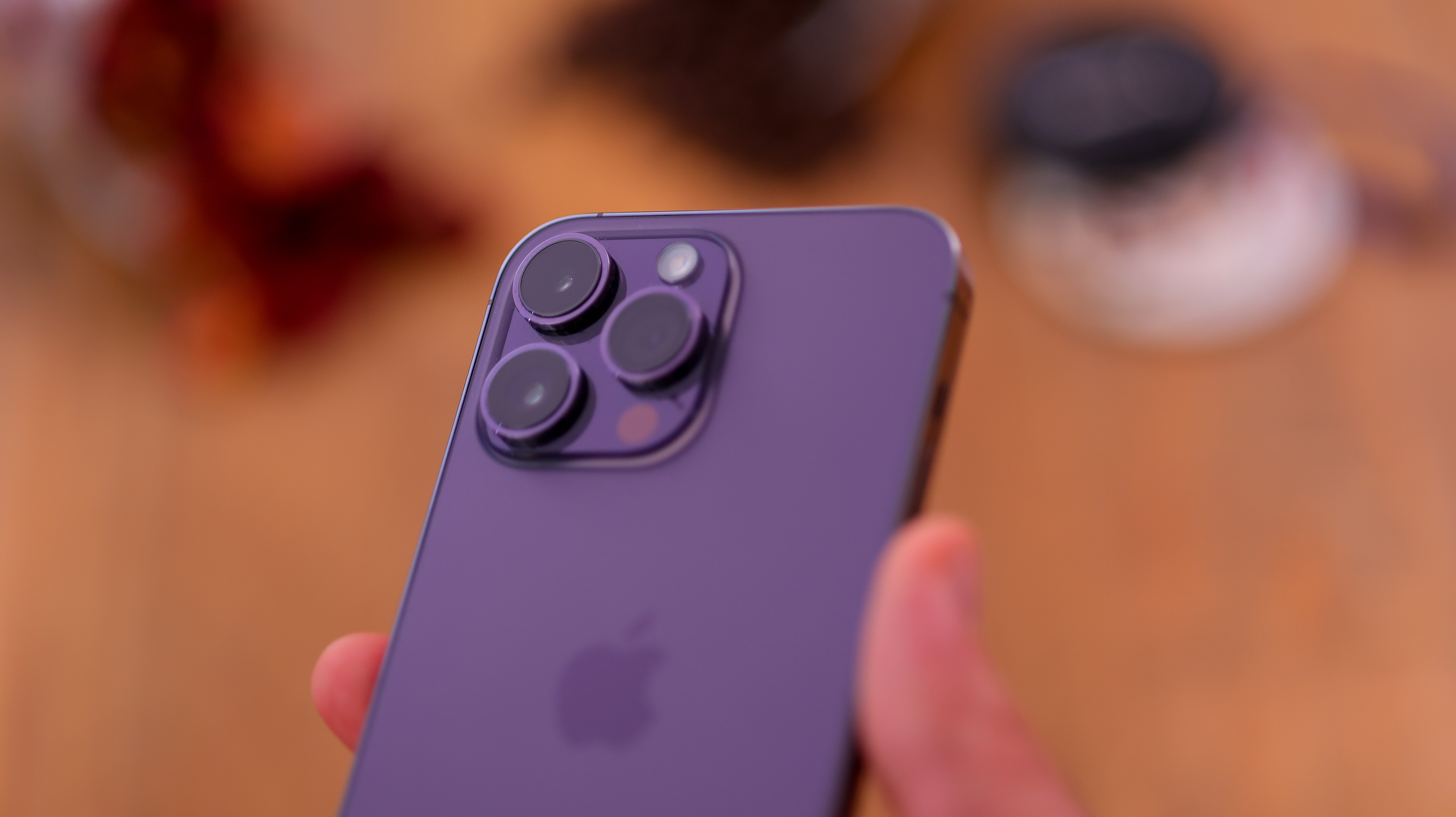
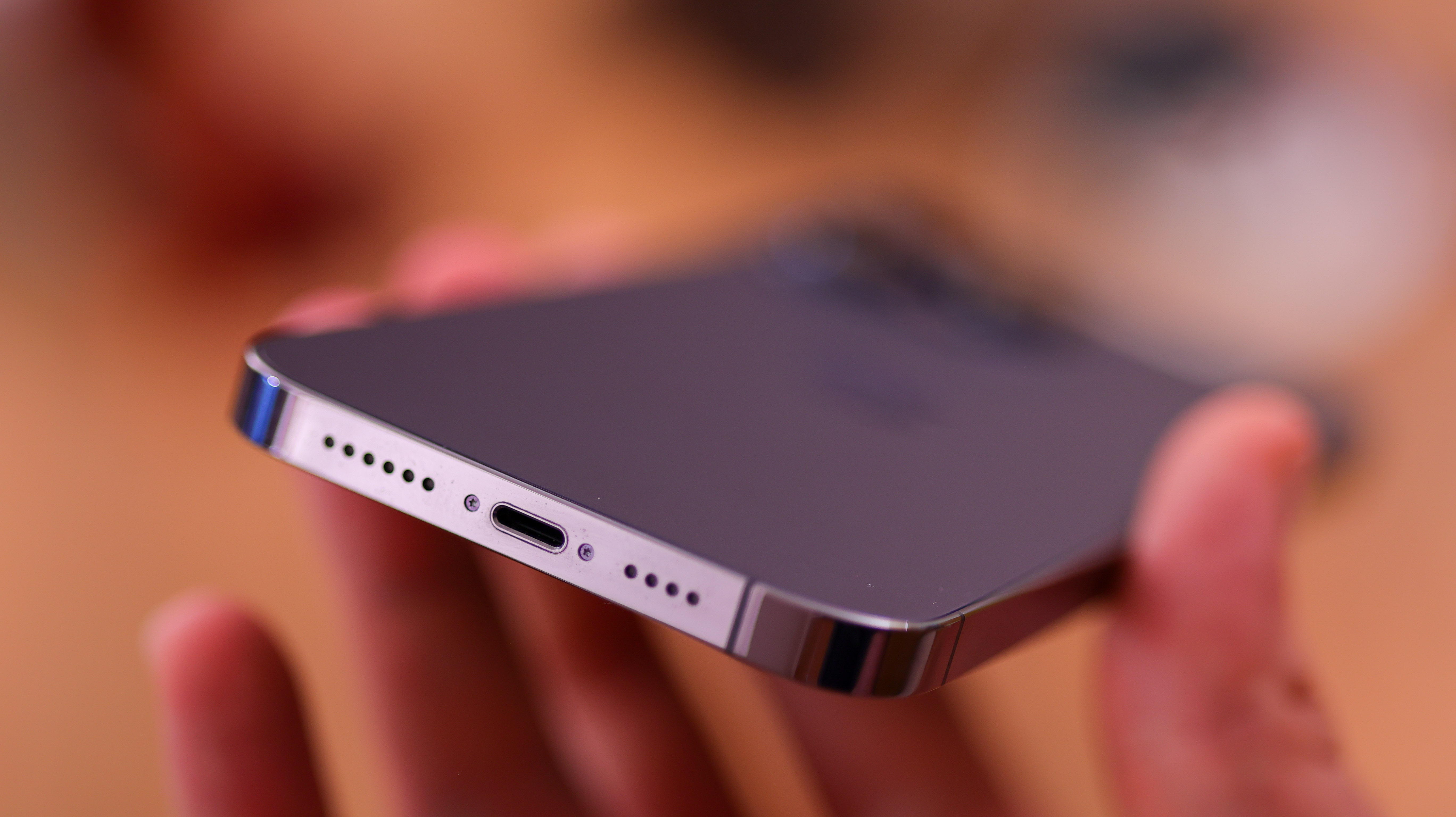
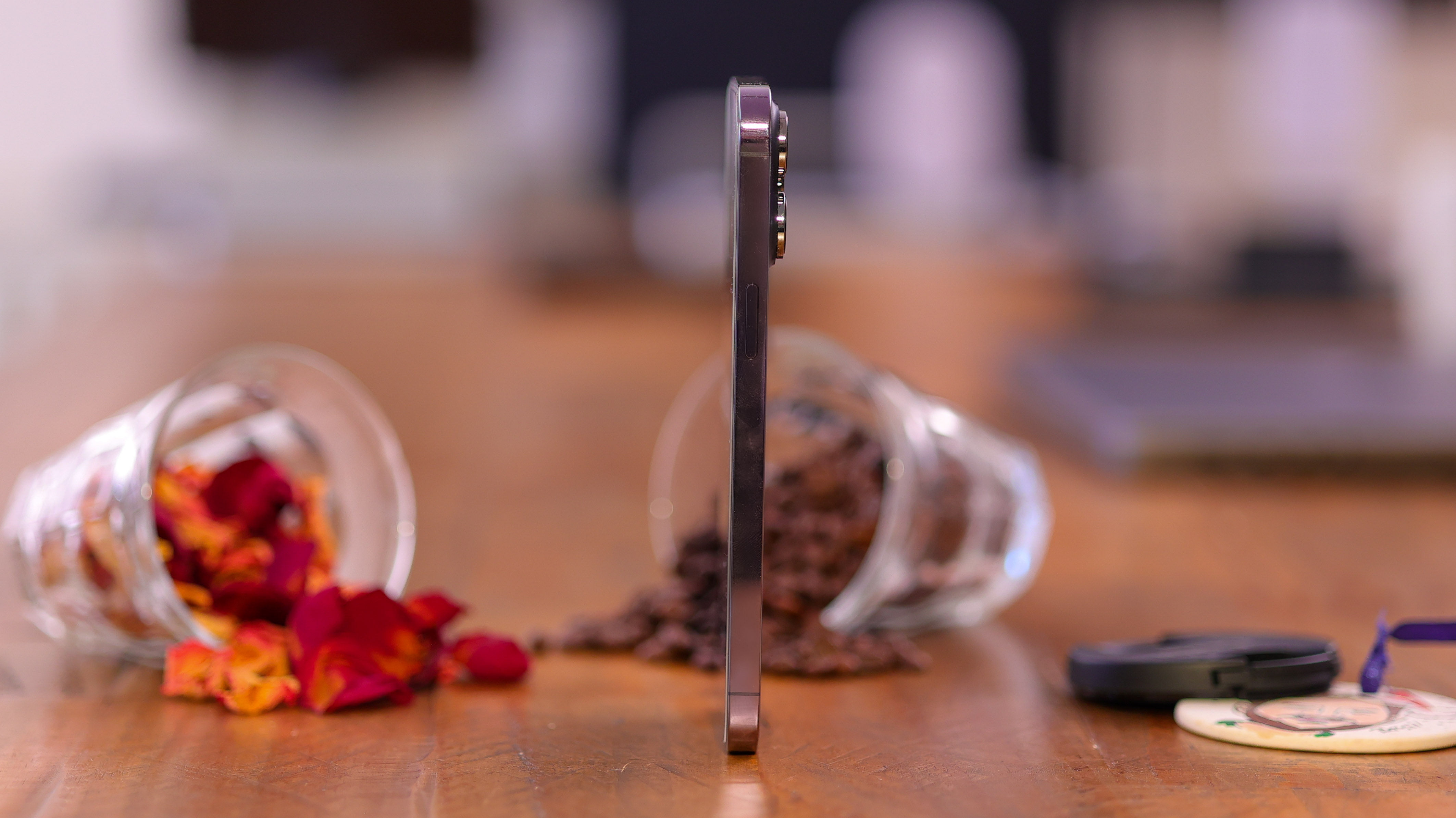
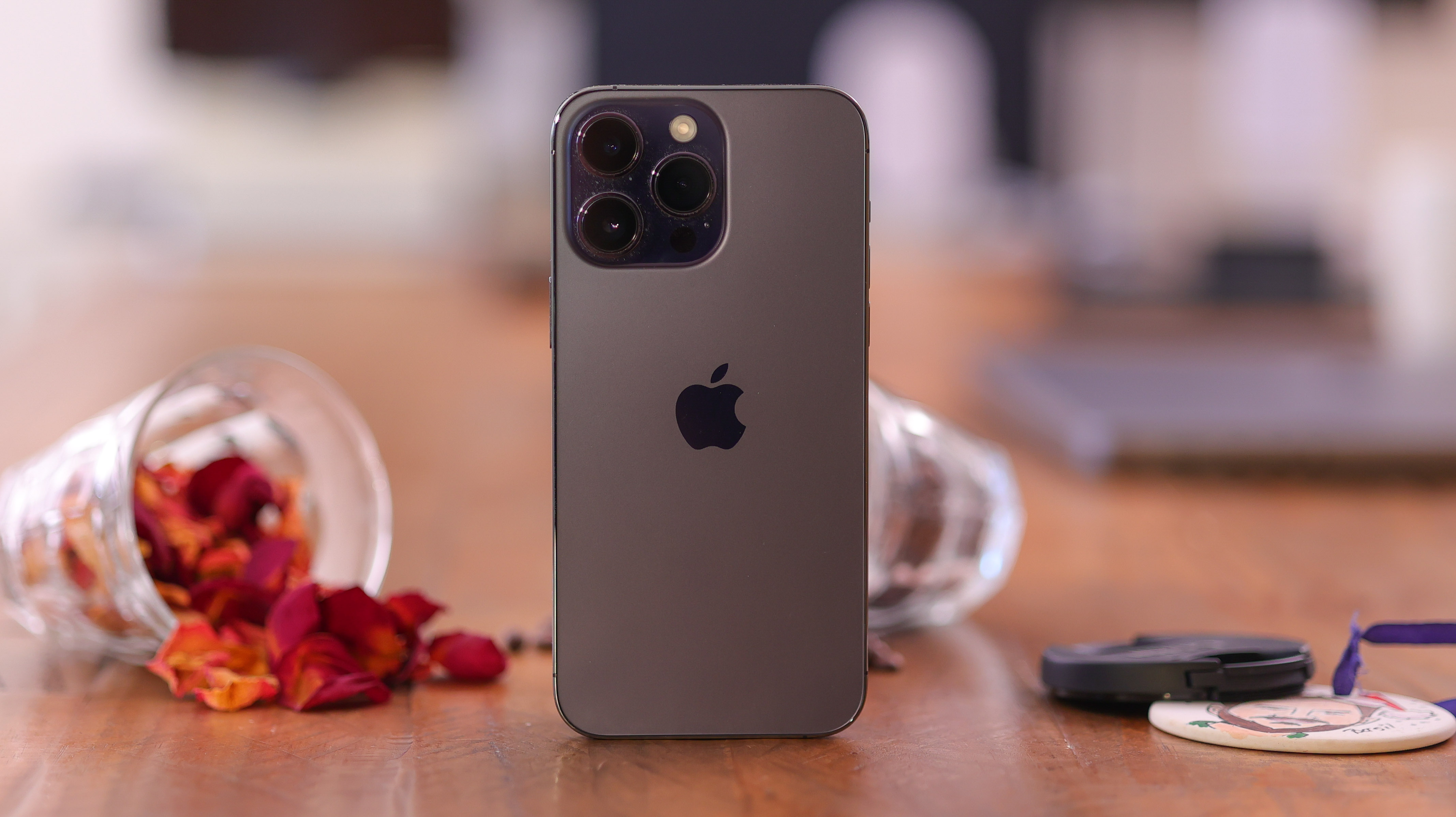
Anyone who was hoping for a major design change in the new iPhones is out of luck. From the back, the iPhone 13 Pro Max and 14 Pro Max look virtually identical. Both feature three stovetop-styled cameras, both enjoy a frosted glass lustre, and both have stainless steel metal frames that are very, very polished.
Available in Space Black, Silver, Gold and an all-new Deep Purple colour, we have the latter option, and it's a colour-shifting, elegant, aubergine delight. The matte, frosted finish fends off fingerprints well (though the same can't be said for the frame), and it feels rich.
Many were expecting a USB-C connector this time around, bringing the iPhone Pro family in line with the iPad Pro and virtually every other smartphone, laptop and smart device launched in 2022. But no. Apple is still firmly attached to its Lightning connector, and it isn't budging yet. In true iPhone style, there's no headphone jack either, and if you're in the US, you don't even get a SIM card slot.
It's the front of the phone where things start to look a little bit different. We've spent years getting used to the iPhone notch, where the selfie camera and Face ID sensors live. These have been shrunk and now live in a pill-shaped cutout in the top centre of the screen. In true Apple style, a design problem – components cutting out a portion of the screen – is turned into an opportunity to make a visual flourish, and so, the Dynamic Island was born.
We'll go into more detail when it comes to the Dynamic Island's functionality a little later when discussing the iPhone 14 Pro Max's UI. In a nutshell, though, the pixels around it fade to pitch black, making it appear to expand and contract depending on what's on-screen, and it all looks – you guessed it – dynamic.
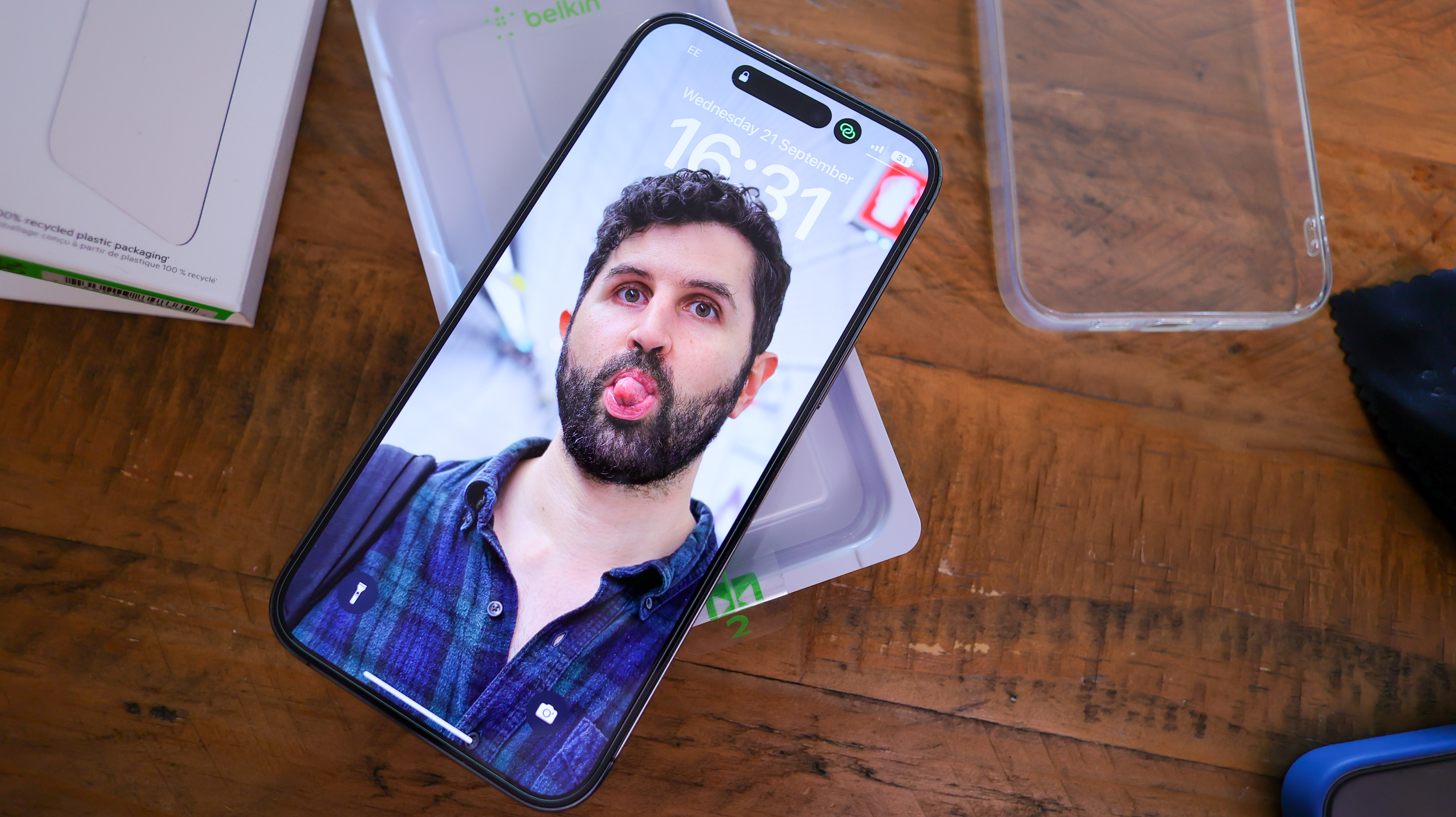
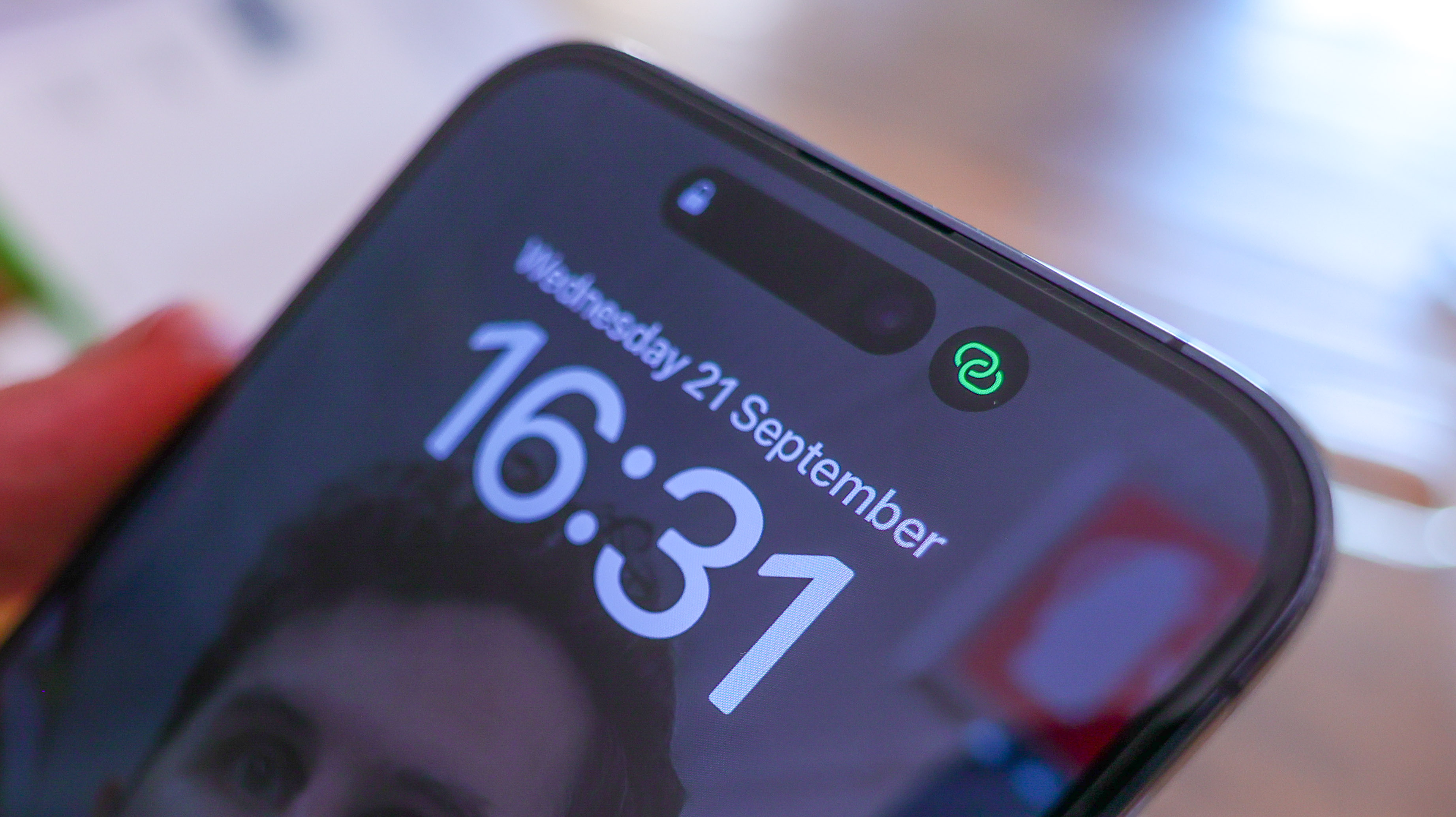
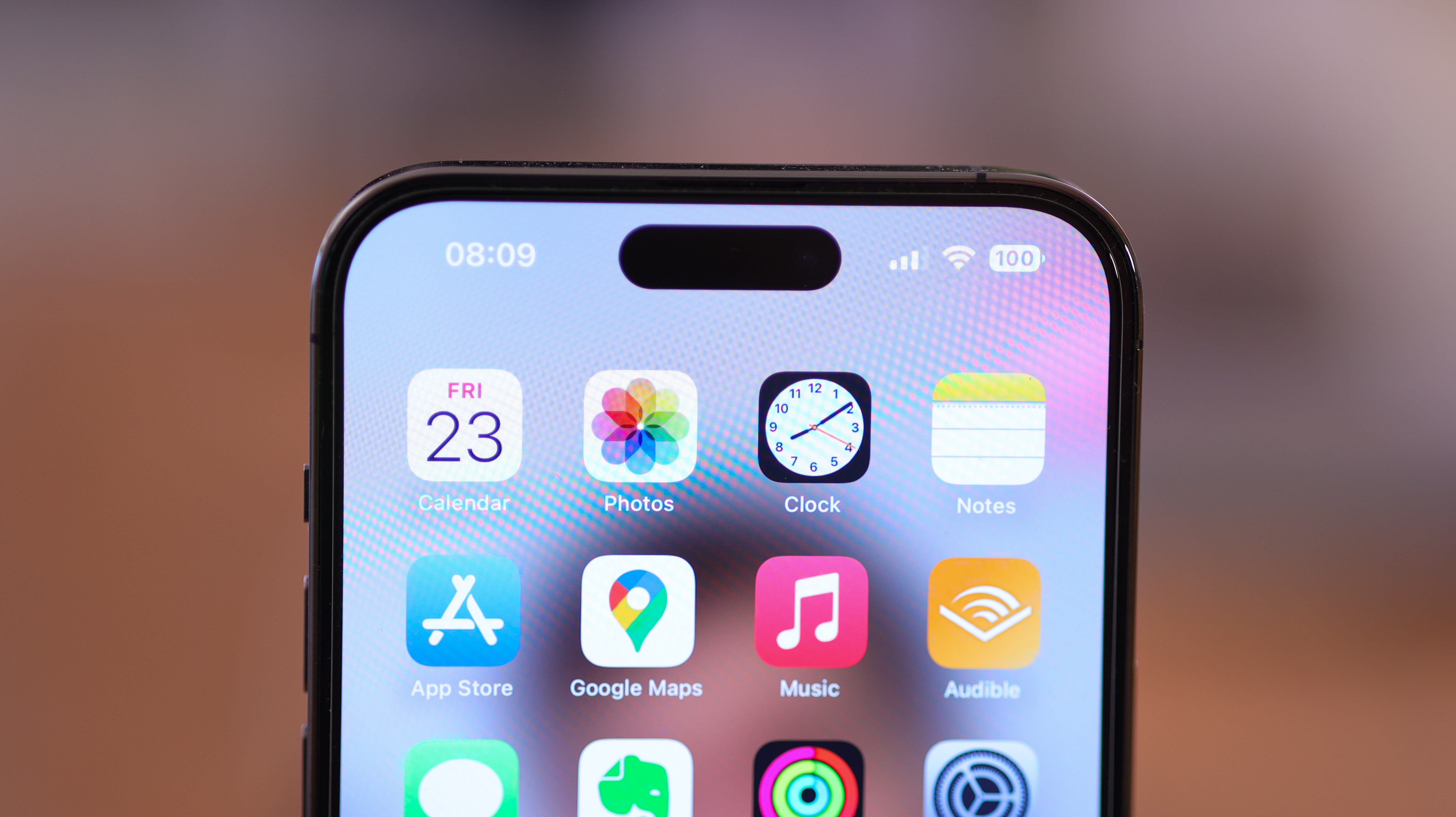
The front panel of glass on the iPhone 14 Pro Max is a Ceramic Shield, as Apple calls it, but don't be fooled. If you have the phone face down and drag it across even a smooth table, you can expect micro-scratches. Given iPhones hold onto their resale value better than any other brand of smartphone, we'd urge anyone picking up the 14 Pro Max to pick up a screen protector.
Thanks to the new Dynamic Island, some screen protectors for the iPhone 14 Pro Max like the Belkin Treated Glass Protector don't have a notch or pill-shaped cutout. This makes them virtually invisible, as you can see from the photos above. We also bought a cheap and cheerful Proporta case too, but that doesn't play nice with MagSafe accessories, so check out our other recommendations of the best iPhone 14 series cases for more options.
The phone is big and heavy, weighing 240g – more than almost any other phone around, though if you're coming from an iPhone 13 Pro Max, it's the same weight. Thanks to the upgraded cameras, though, it does have a thicker camera bump, so your 13 Pro case won't fit on your 14 Pro iPhone.
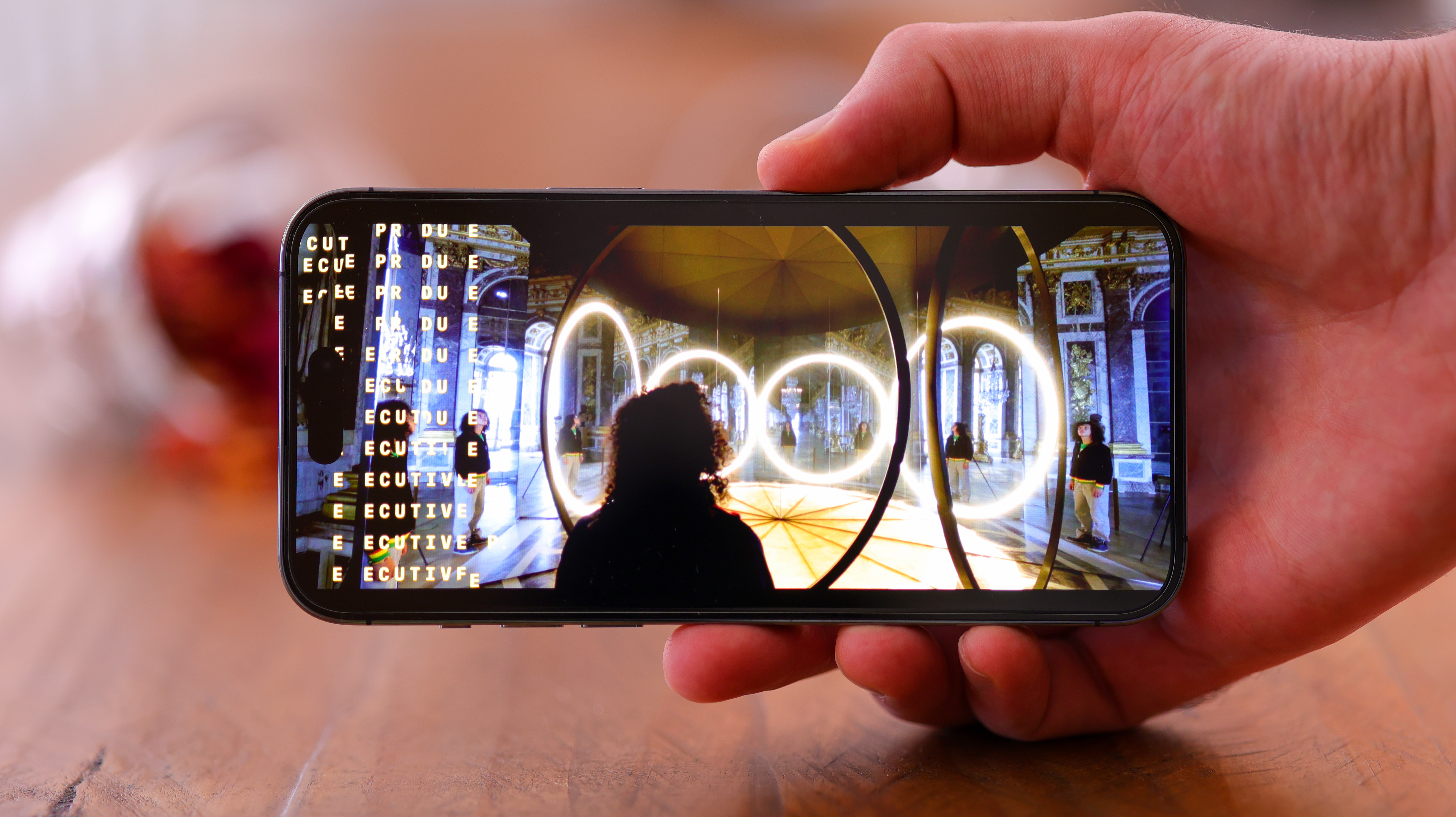
Apple always brings excellent quality screens to the table, and the iPhone 14 Pro's is no exception. The Super Retina XDR panel is a large 6.7 inches. With OLED screen tech, expect true blacks, an abundance of vibrancy and pop, and an incredibly high contrast ratio. This is helped by an industry-leading 2000 nits of brightness when the phone's auto-brightness is switched on.
Unfortunately, an overcast London didn't manage to push the iPhone's screen to its limits when testing its outdoor viewing performance but suffice it to say, the iPhone did a great job. In simulated studio lighting, we were able to pump the screen brightness up to Samsung Galaxy S22 Ultra-beating levels, which is a feat in itself given Samsung was the previous title-holder for the brightest screen on the block.
With everything you'd expect from a flagship iPhone, including HDR (Apple TV, Amazon Prime Video and Netflix compliant), a silky smooth, 120Hz ProMotion refresh rate, crisp clarity, True Tone colour temperature management and excellent responsiveness, there really isn't anything to complain about. Or is there?
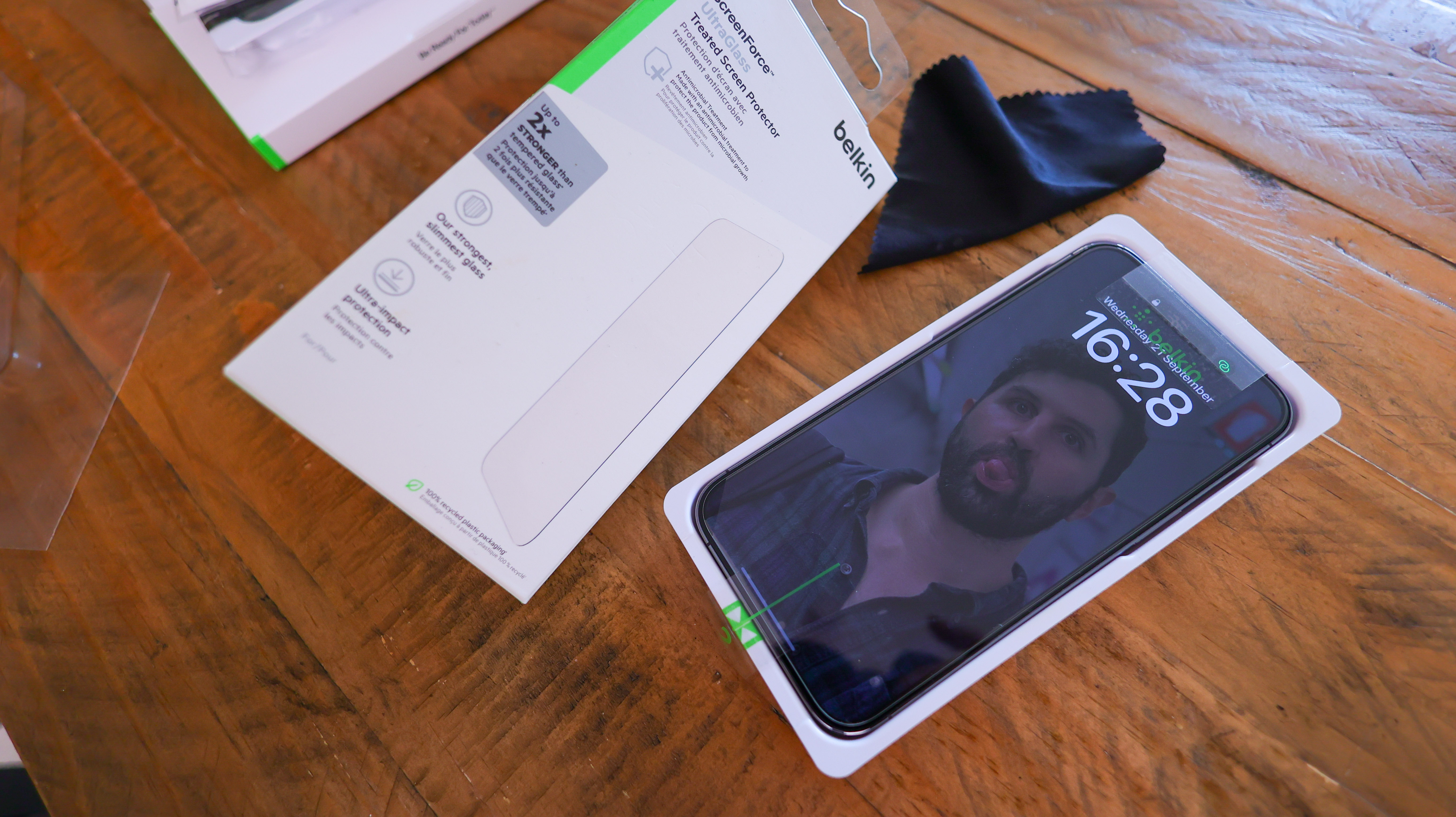
The new iPhone 14 Pro and 14 Pro Max introduce the Always-on Display to Apple's smartphone line. We've seen this on Android phones for years, simply and subtly displaying the time with brightness set to very low. Handy, the feature saves users from powering up their phone when they don't need to – but it's seldom more than the time and maybe a few notification symbols on Android phones.
Apple's implementation of the Always-on display, however, is simply a variation of your whole lock screen, just barely illuminated. Like the Dynamic Island, this falls under both design, screen and interface, and while we haven't minded our screen always being slightly awake, parts of the internet are not happy.
Of course, you can turn this feature off completely, and it turns off when in a pocket or face down. That said, we do wish Apple gave the option just to enable the time and date to be constantly lit up without your whole display whispering "look at me!".
iPhone 14 Pro Max review: Camera
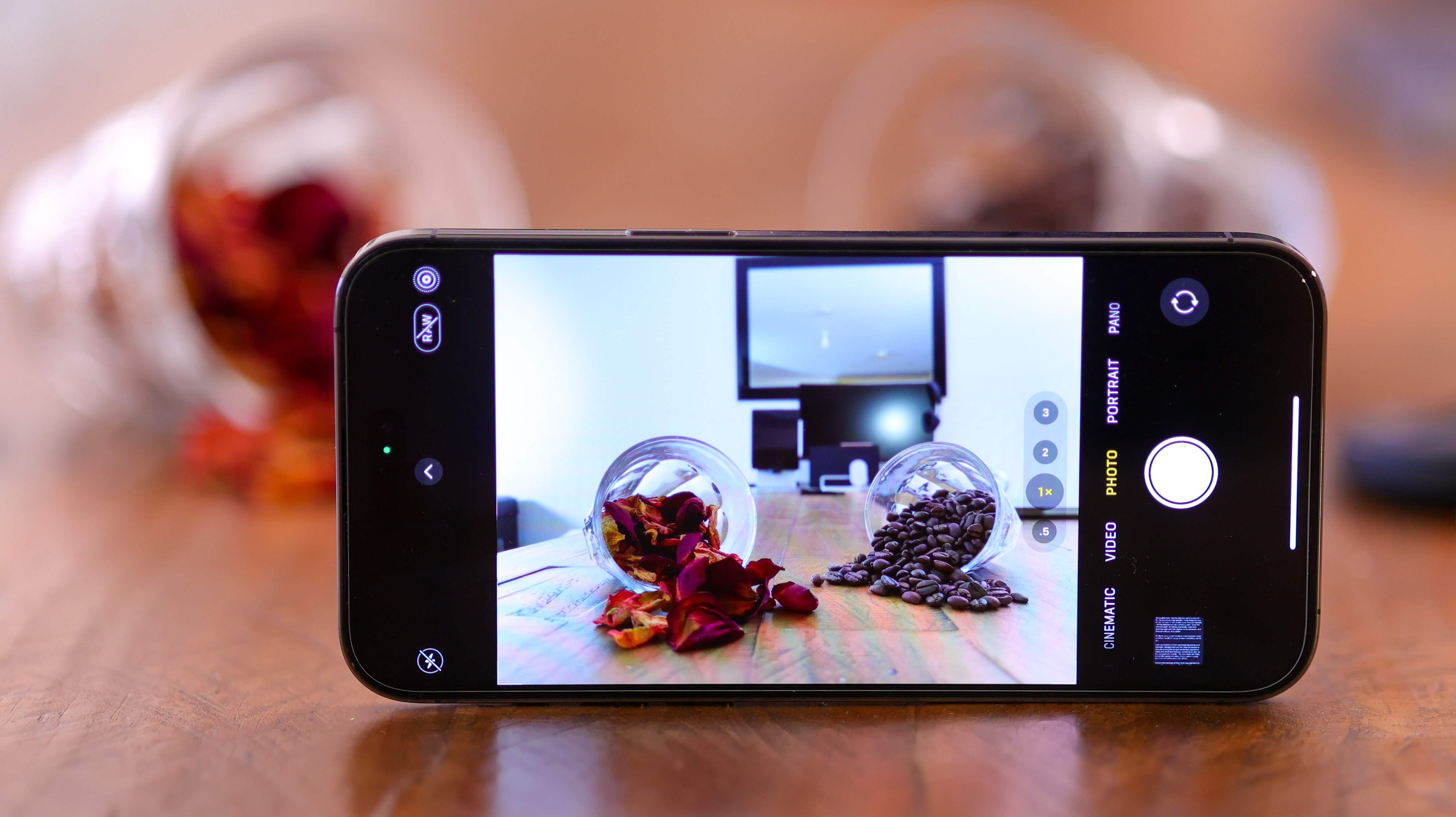
On a day-to-day level, the camera upgrade is probably the most enticing aspect of the new 14 Pro Max versus past iPhones. Specifically, it's the first time we've seen a resolution bump in years, with the camera climbing from 12MP in the 13 Pro Max to 48MP in the 14 Pro Max. The 14 Pro Max still takes 12MP photos, but captures full-resolution, 48MP RAW files for photography enthusiasts to play with. Apple's also loaded the 14 Pro Max with a wider than usual, 24mm angle of view, and an f/1.78 aperture lens with OIS.
More exciting than the iPhone 14 Pro Max's resolution, though, is its sensor size. The bigger the sensor, the greater its light-grabbing capabilities, and the better it's likely to perform in challenging lighting. A big sensor also means more natural background blur, making your smartphone snaps look a little bit more like photos captured on a dedicated camera.
While the main camera is the star of the show, it's flanked by two others. The ultra-wide camera sports a traditional 12MP resolution with a 13mm, expansive angle of view, and it's matched with an f/2.2 aperture. And the 12MP telephoto camera creates a roughly three-times zoom equivalent, with a 77mm angle of view, OIS and an f/2.8 aperture.
Apple also uses the inner 12MP in the 48MP sensor to create a two-times zoom digital lens as well, so you can crop losslessly in well-lit environments.
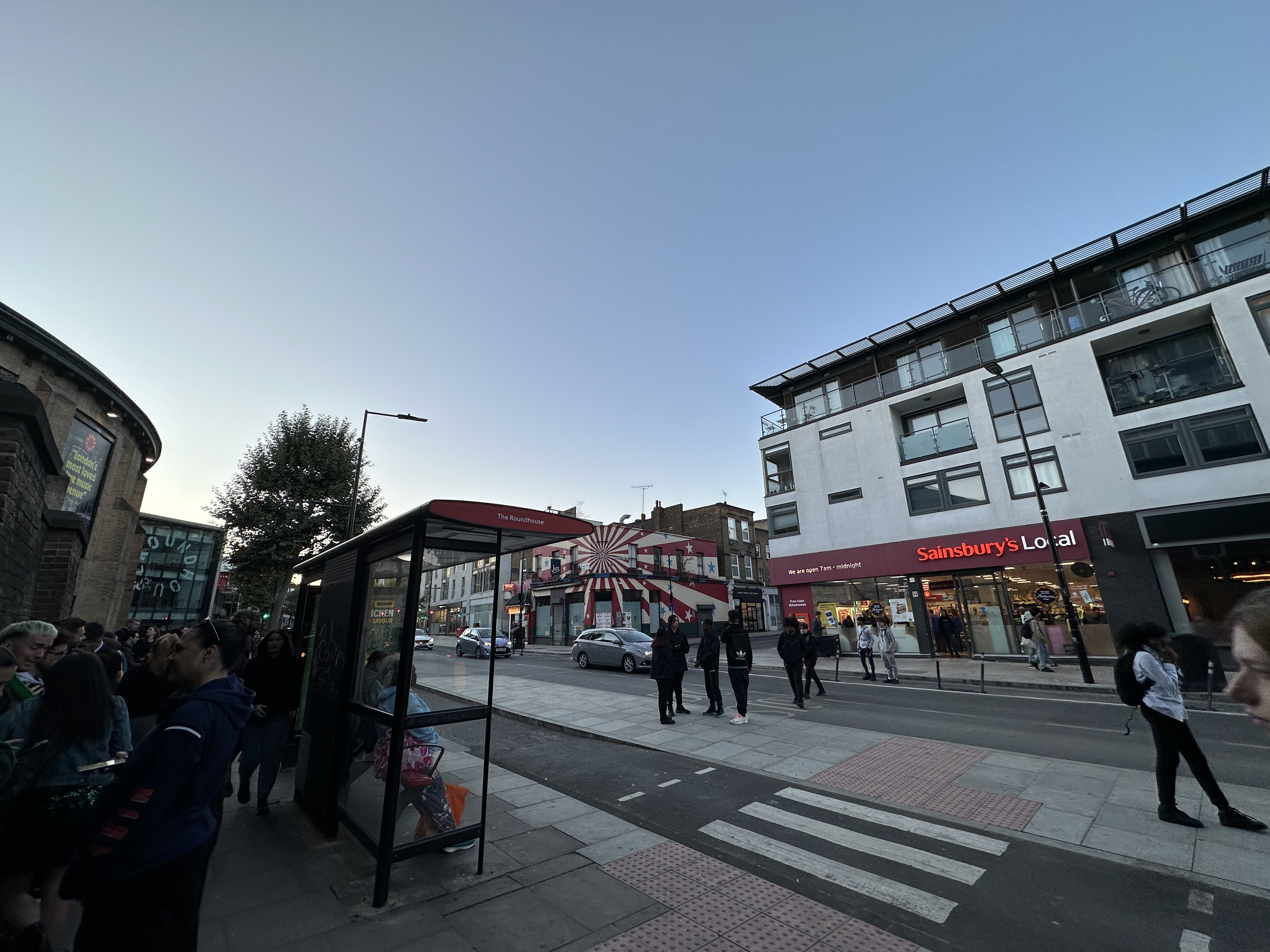
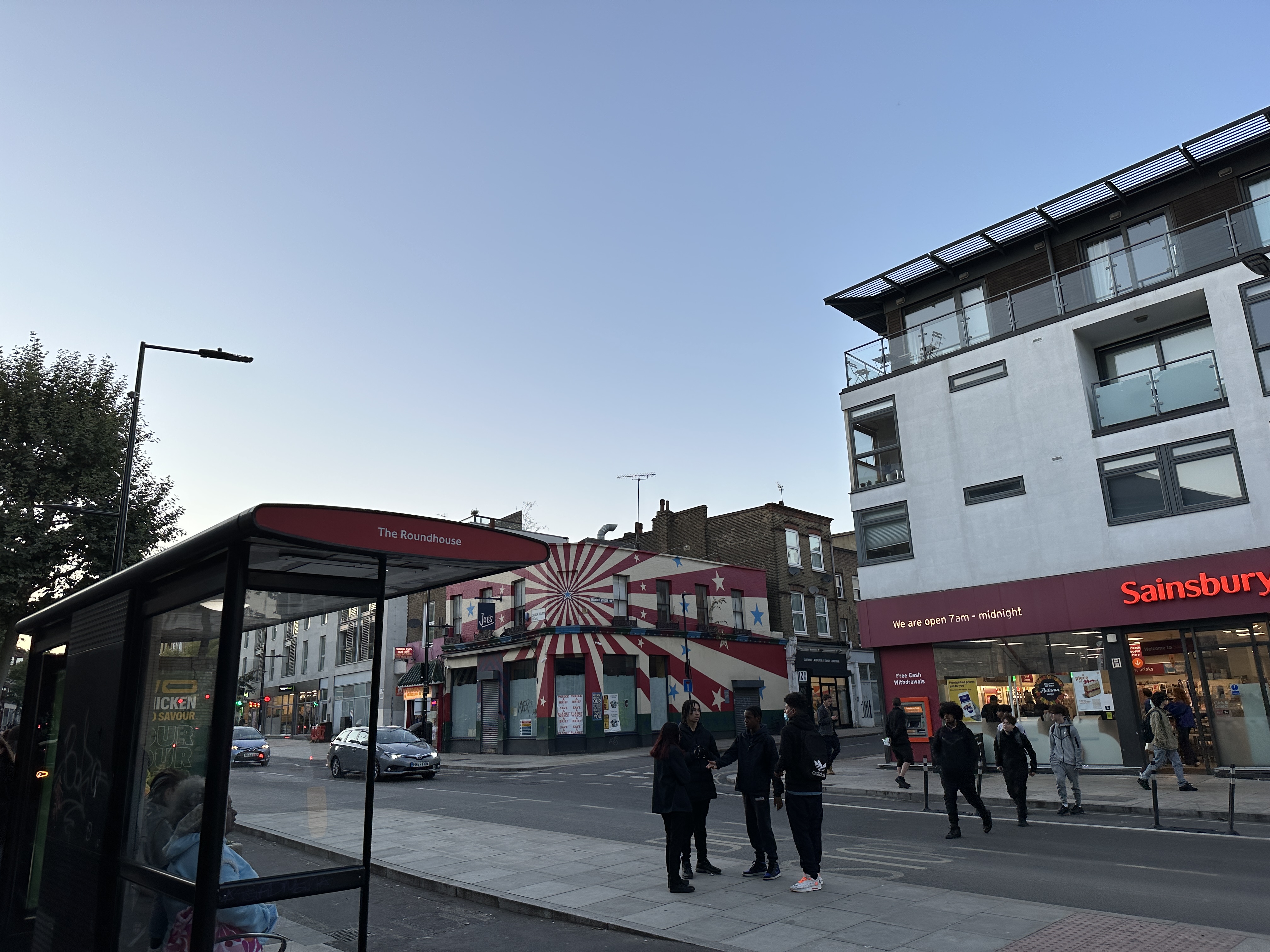
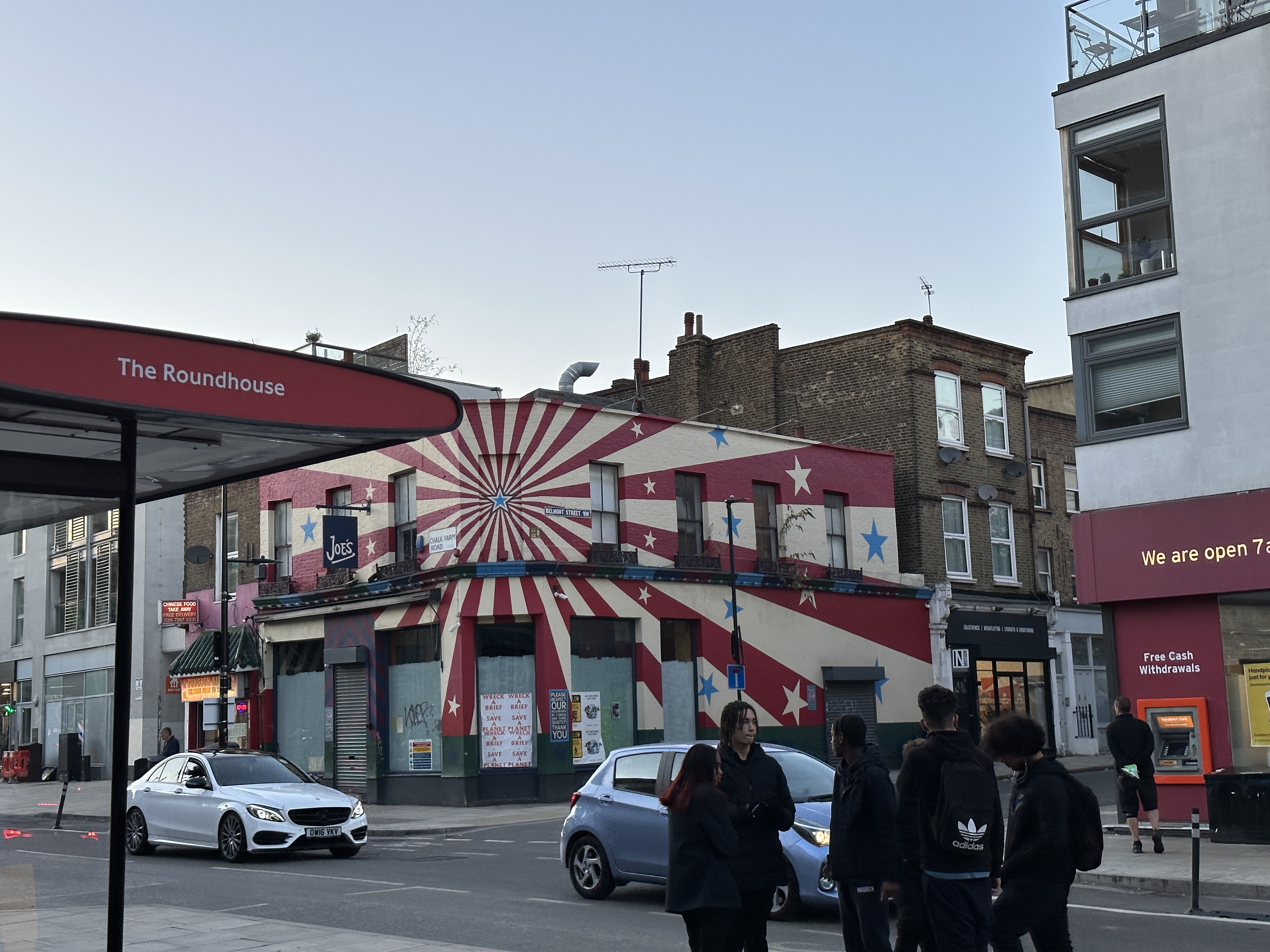
If you're coming from an iPhone, then you'll love almost everything about the 14 Pro Max's camera. Its pictures are packed with detail, it handles challenging lighting like a champion, and it also captures balanced photos which have warmth and depth to them.
Firing up in automatic mode by default, the iPhone 14 Pro Max takes photos that can be comfortably cropped into, and look less over-sharpened than photos taken on older iPhones. Colours are both accurate and consistent across the three cameras, and it's great to see the ultra-wide camera benefit from autofocus. We do wish the iPhone 14 Pro Max was a little more flexible when it came to automatically switch between cameras though.
When you get close to an object, the 14 Pro Max switches from the best camera on the phone, the 48MP primary camera, to the 12MP ultra-wide camera. Despite the ultra-wide being good, it doesn't capture as shallow a depth of field as the primary camera, and its photos have a slightly more processed quality too. To override this, you need to either download a third-party camera app like Lightroom or go into the camera settings and toggle Macro Control.
If you're not coming from an iPhone, and your Android phone had a periscope zoom and Pro Mode, while you'll love the iPhone 14 Pro Max's photo quality, you might miss a class-leading zoom reach and more manual pro controls.
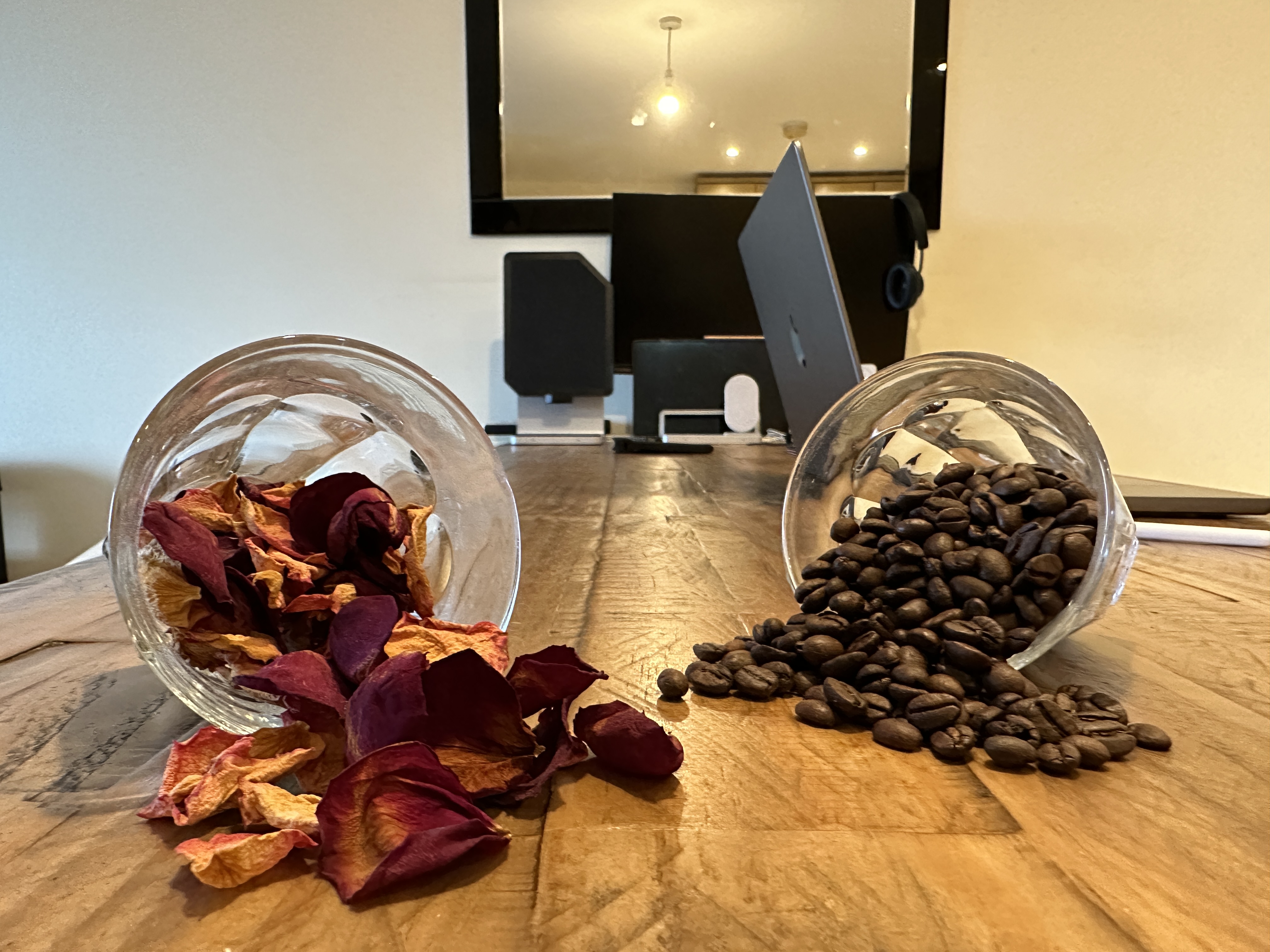
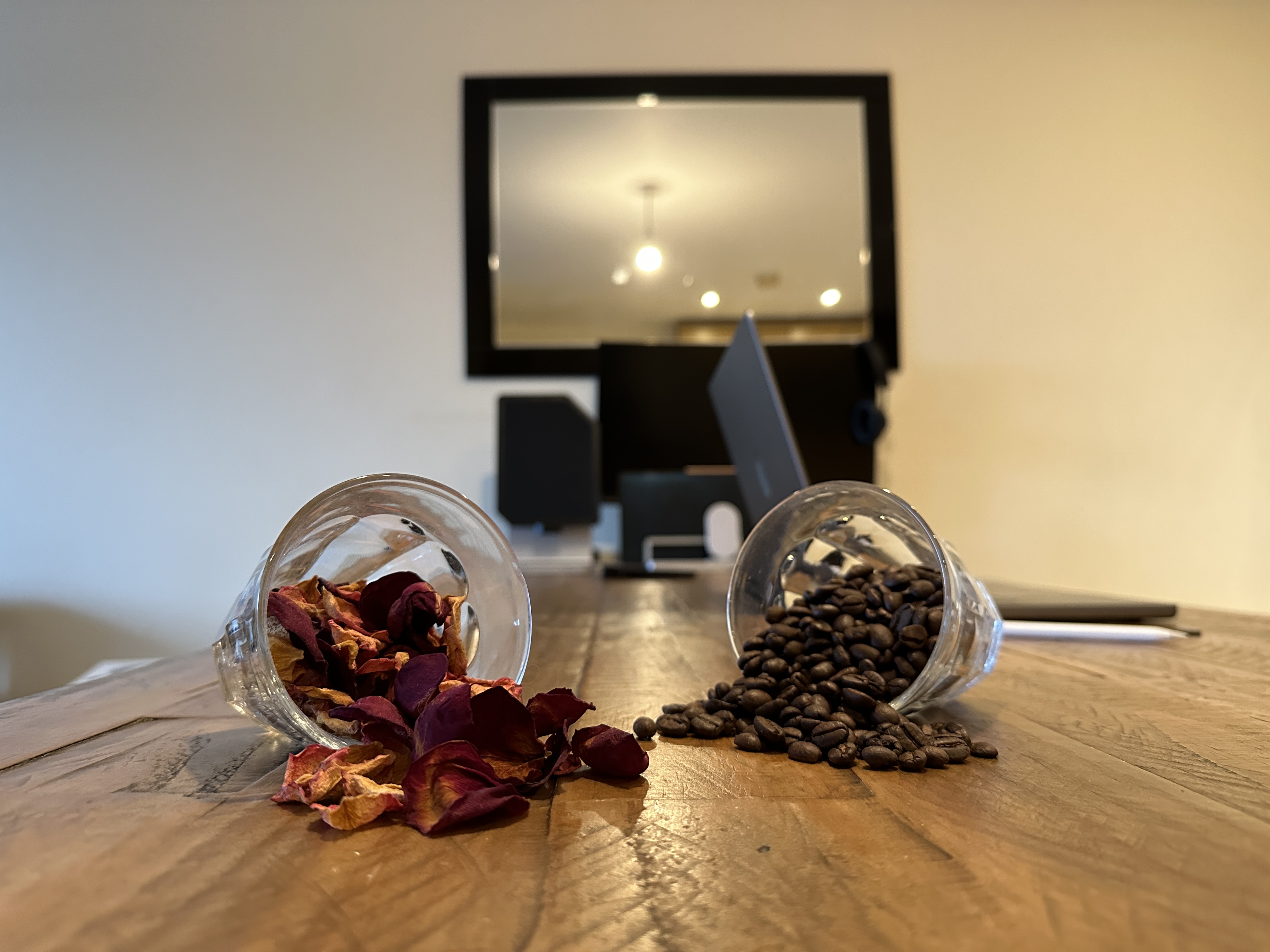

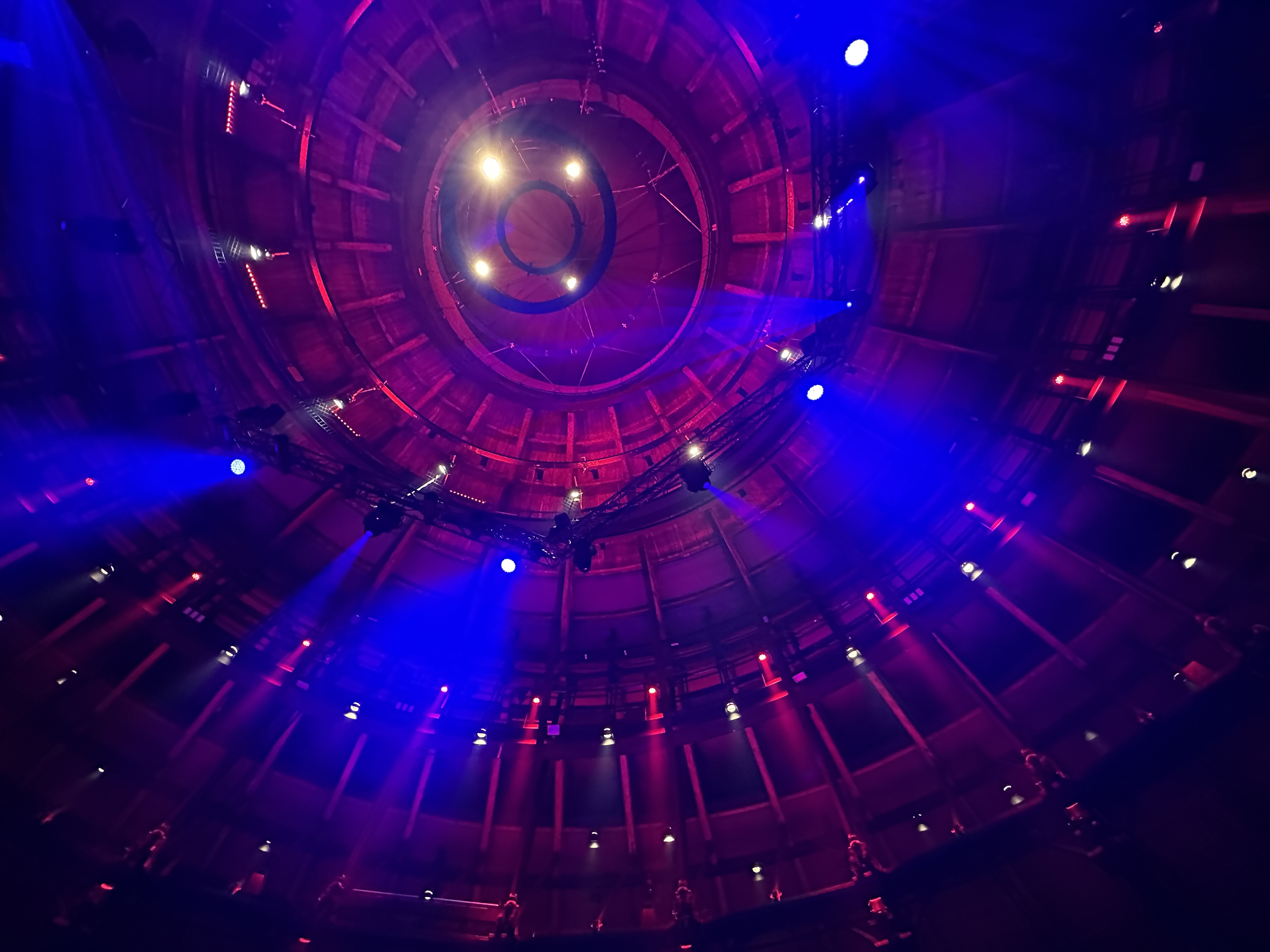
Video captured on the iPhone 14 Pro Max looks best-in-class. Despite the high-resolution sensor, Apple still caps its resolution at 4K (not 8K like Samsung's latest Galaxy flagships). That makes sense, though, as the secondary cameras are 12MP, which don't support 8K capture. Keeping things consistent across all three cameras is the name of the game for Apple, and that's a beautiful thing.
Apple adds a new Action mode to the video mix, which keeps footage looking steady even when running. This crops into your frame, so you don't get as wide an angle of view versus traditional video, but it adds an almost GoPro level of stabilisation to the mix.
Apple also brings back cinematic mode for round two, which blurs the background of videos in the same way portrait mode dials out the background of photos. If you're thinking Zoom background blur, you're not far off, but the Pro Max's execution is significantly better.
Our least favourite aspect of the new iPhone 14 Pro Max's camera is selfies. Yes, it's been updated with autofocus, and that's a great step in the right direction. That said, it's the same sensor we've seen before, and its photos pale in comparison to those taken on the rear cameras. In bright scenes, it does a good job, but indoors and at night it's falling behind given the phone's price.
iPhone 14 Pro Max review: Performance and interface

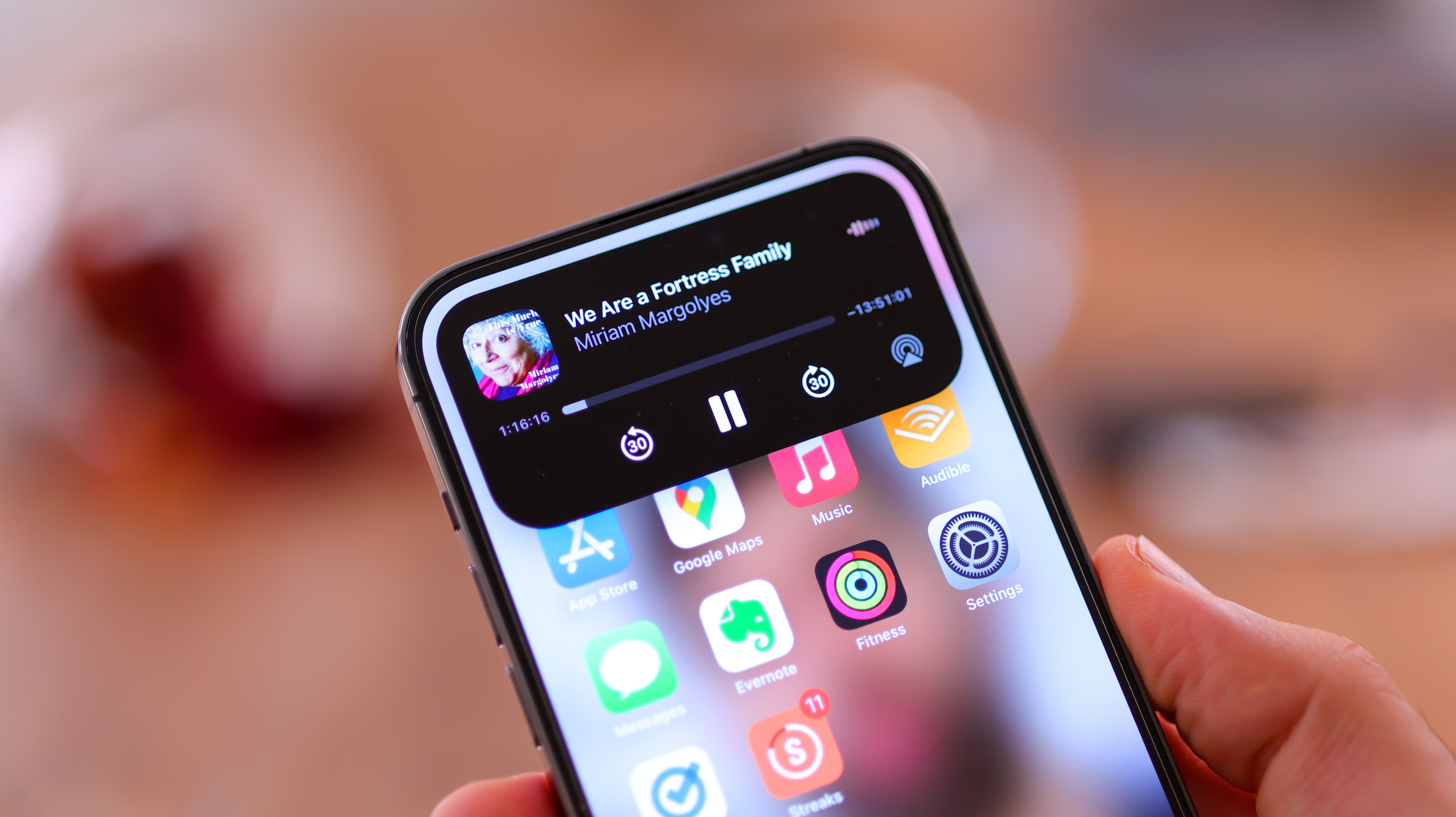
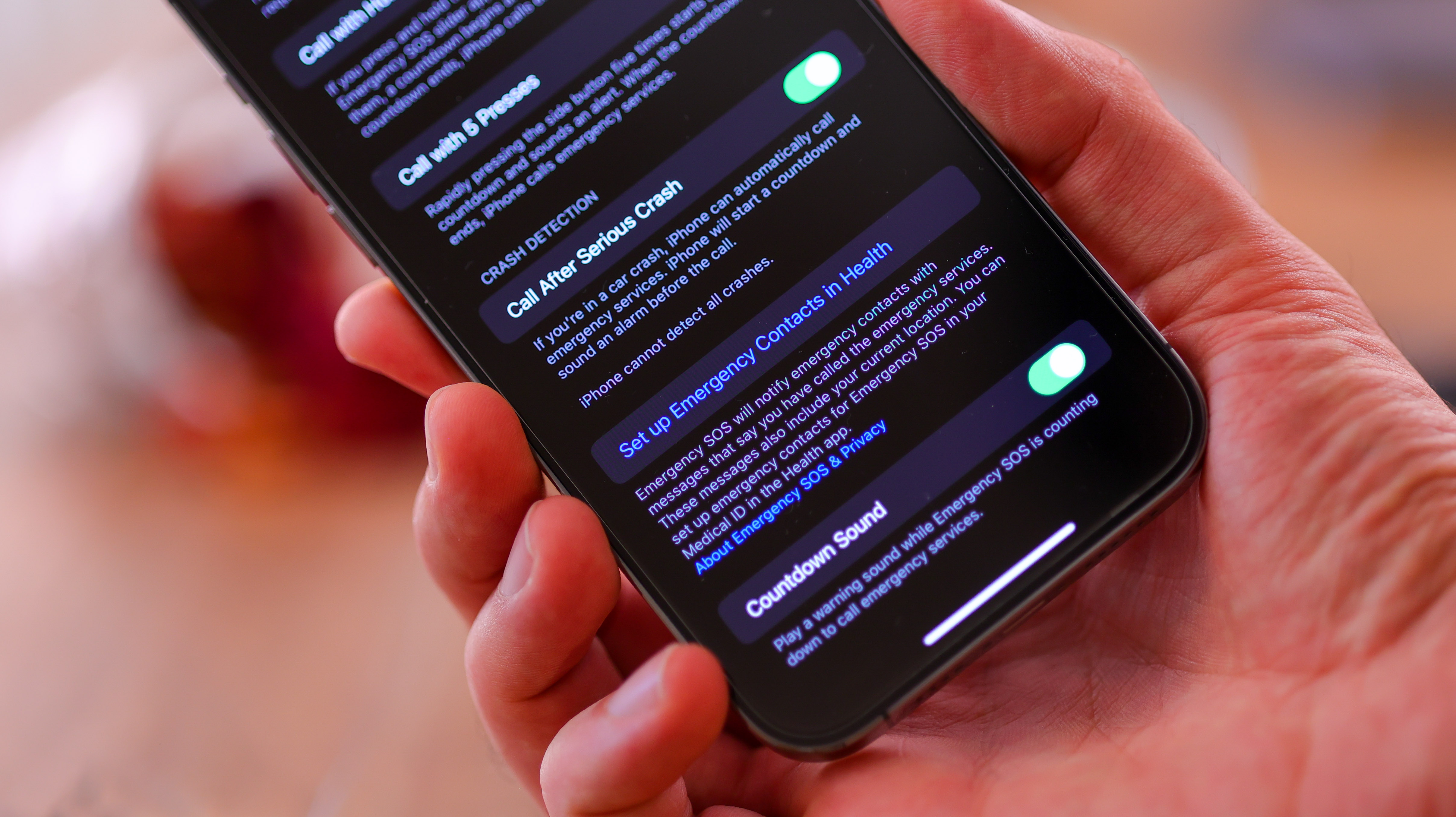
While most recent iPhones can run iOS 16, none do with as much gusto as the 14 Pro and Pro Max. We've already touched on the Dynamic Island, which straddles both hardware and software updates. If you're listening to content, either side of the pill-shaped cutout will feature an added element – on one side, the cover art, and on the other, a visualisation illustrating whether the audio is playing or not.
While there's a lot of good stuff to the Dynamic Island, especially from a UX point of view, it is more noticeable when watching movies, shows and YouTube videos in full-screen than the iPhone Notch of old. The fact you have a thin strip of screen content above it takes some getting used to.
The iPhone 14 Pro and Pro Max are powered by Apple's A16 Bionic chips, which deliver competition-beating gaming and performance, and with 128GB through to 1TB of storage, the phones should pack plenty of space for files and photos.
The Pro Max is also able to communicate with satellites when there's a broad clearing around you, so if you're out in the wilderness and don't have a signal, you can still communicate with emergency services. And with crash detection, the new iPhones can send an alert if you've been in a collision.
iPhone 14 Pro Max review: Battery life and charging
The iPhone 13 Pro Max was the phone to beat when it came to battery life, and the 14 Pro Max fails to outperform it, especially with that always-on display active. It comfortably lasts a full day, and if you turn off the always-on display and dial back the screen's refresh rate to 60Hz, you could probably eke two days out of it. That said, it isn't the best-in-class battery champ the 13 Pro Max was on launch.
Apple isn't too forthcoming with battery numbers, though it does say you can expect up to 50% charge in around 30 minutes with a 20W adapter or higher. There's no charger in the box, though there is a USB-C to lightning cable, and the phone also supports wireless charging.

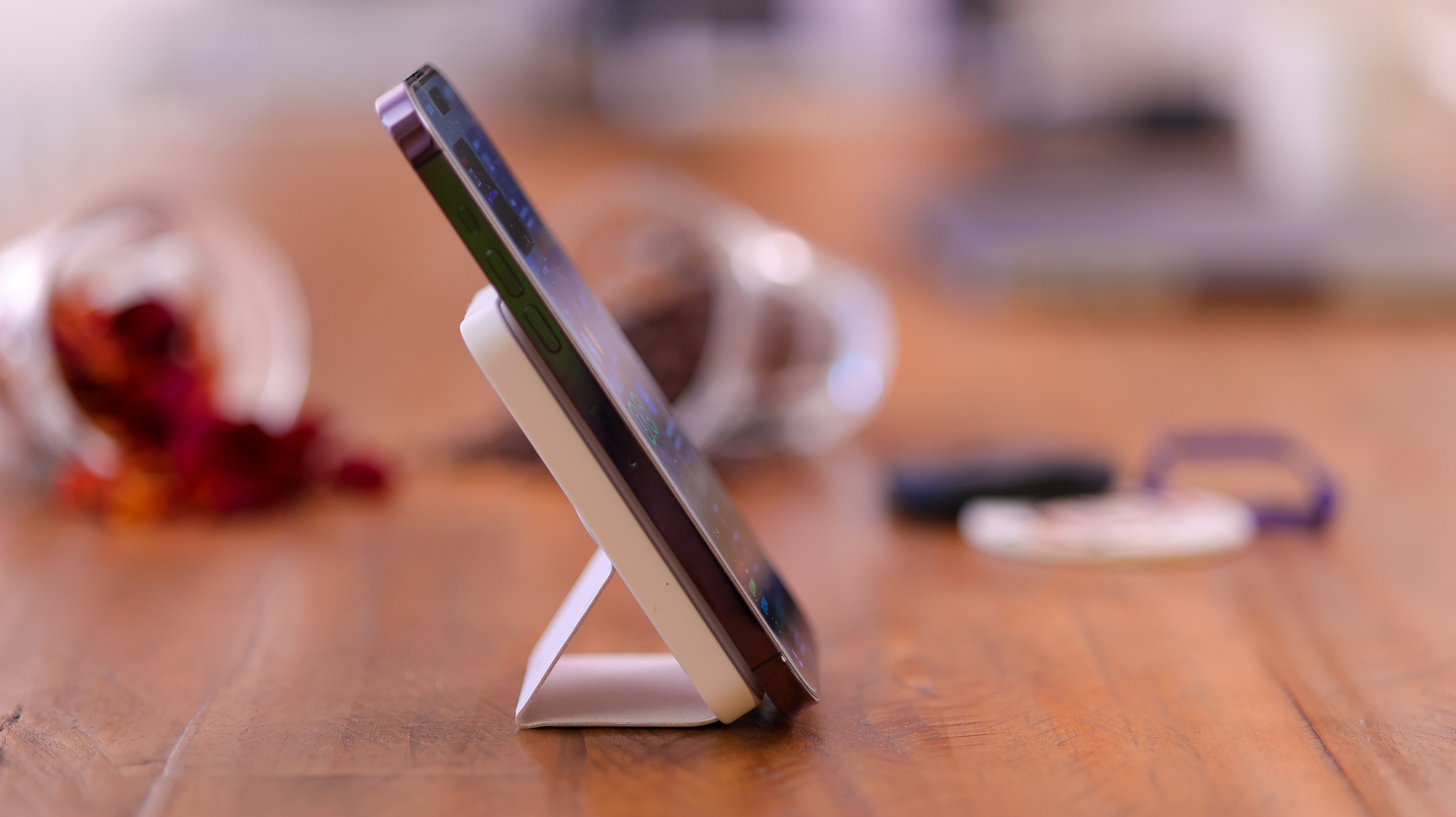

With an official MagSafe accessory, you can enjoy up to 15W wireless charging, though there are plenty of third-party options available too that take advantage of Apple's genius magnetic tech, like Anker's excellent magnetic line, including the Anker 622, pictured above.
The main bugbear we have when it comes to the iPhone's battery isn't that it doesn't charge as quickly as most of the competition, including the super-fast charging OnePlus 10T. No, we're just bitter we can't finally ditch lightning cables. They charge and transfer data at slower speeds than USB-C, aren't as ubiquitous, and cost more for replacement cables. In turn, we ended up charging our iPhone wirelessly in our entire week with the 14 Pro Max.
Should you buy the iPhone 14 Pro Max?
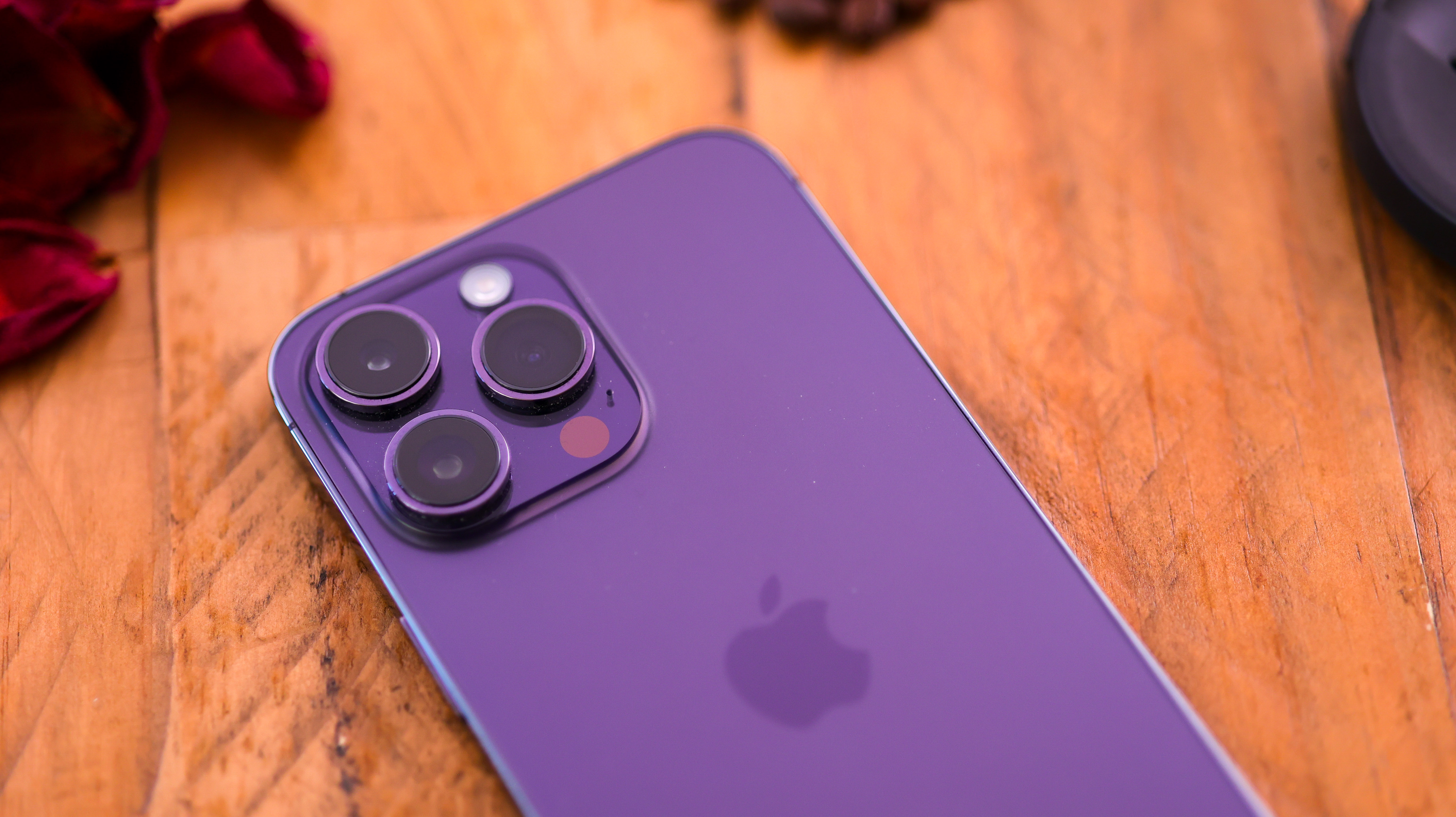
Unless you often find yourself in the wilderness in need of satellite communication, if you have an iPhone 13 Pro Max, then you can happily save your pennies – you've already got one of the best iPhones around.
Neither the excellent camera nor the attention-grabbing Always-on Display are enough to make the 14 Pro Max a must-have compared to its predecessor – and the Dynamic Island, while fun, isn't either.
For anyone who's looking to upgrade from an iPhone 11 or 12 series phone, it's a different story. The camera performance of the 14 Pro Max will likely blow you away. Its gaming performance is also a cut above older models, and the screen quality is nothing short of sensational.
What Apple's done for 2022, is create yet another excellent phone in its portfolio of excellent phones. Is it perfect? Not quite. No matter how it's dressed up with flourishes and Dynamic Island branding, the pill-shaped cutout at the top of the screen is a visual interruption. We would have also loved to see Apple go the USB-C route, and include a superior zoom and selfie camera.
Despite a few drawbacks, the iPhone 14 Pro Max is still one of the best smartphones of the year, and arguably, the best camera phone around, provided you don't need stellar zoom.
Read more:

Thank you for reading 5 articles this month* Join now for unlimited access
Enjoy your first month for just £1 / $1 / €1
*Read 5 free articles per month without a subscription

Join now for unlimited access
Try first month for just £1 / $1 / €1
out of 10
The new iPhone 14 Pro Max is everything most people will need from their top-tier Apple phone. It looks expensive, has a defining visual feature – that Dynamic Island, and everything from the screen to the camera, its interface, battery life, and performance all do a great job. The phone does have some quirks; not everyone will love Apple's take on the always-on display and we're not sure why the Lightning connector is back, but it's still an excellent package – albeit an expensive one.

Basil is a trained graphic designer and photography expert who geeks out over anything to do with digital imaging and sketching. Now a tech journalist and content director at a creative comms agency, he covers tech through a real-world lens, contributing to titles including Creative Bloq, Digital Camera World, Metro, T3, TechRadar and WIRED.
